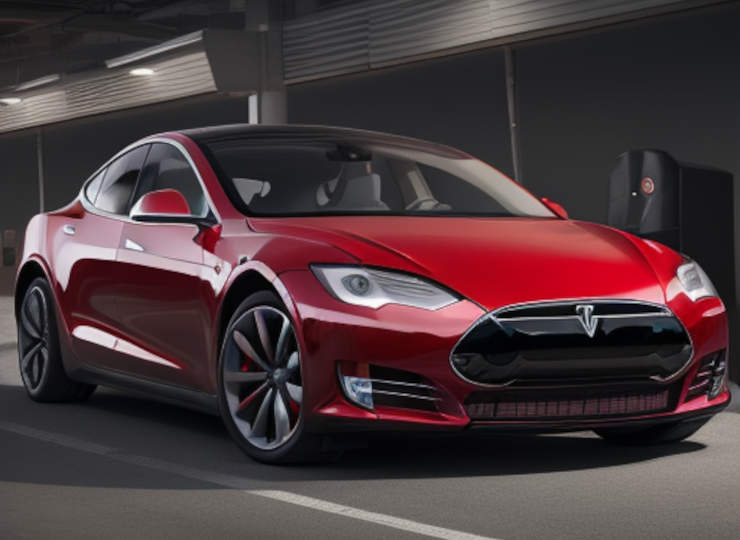文字のサイズ
- 小
- 中
- 大
Will Tesla’s policy change encourage V2G adoption?
In the US, NACS, the fast charging standard deployed by Tesla, is becoming an industry standard.

NACS theoretically supports bi-directional charging, but Tesla has been reluctant to incorporate bi-directional charging capability into its models. The reasons for this are unclear, but Tesla is developing the Powerwall household storage battery as part of its energy business, and it is believed that the company has avoided cannibalisation.
However, with the Cybertruck, launched at the end of 2023, Tesla has included V2H (=Vehicle-to-Home)/V2G (=Vehicle-to-Grid) functionality in its models for the first time. This is thought to be due to the fact that the State of California in the USA is planning to make it mandatory to install V2G functions by 2027.
The US, Europe and China, which are aiming for a decentralised energy society, have recently been reviewing connection standards and taxation systems to create an environment for the introduction of V2G. In Japan, the importance of V2G was recognised following the 2011 Great East Japan Earthquake, and in 2014 CHAdeMO was the first in the world to issue specifications for bi-directional power supply. Nevertheless, there are many obstacles to the practical implementation of V2G, and the Ministry of Economy, Trade and Industry (METI) is working on sorting out the issues in the EV Grid Working Group (to be launched in 2023).






